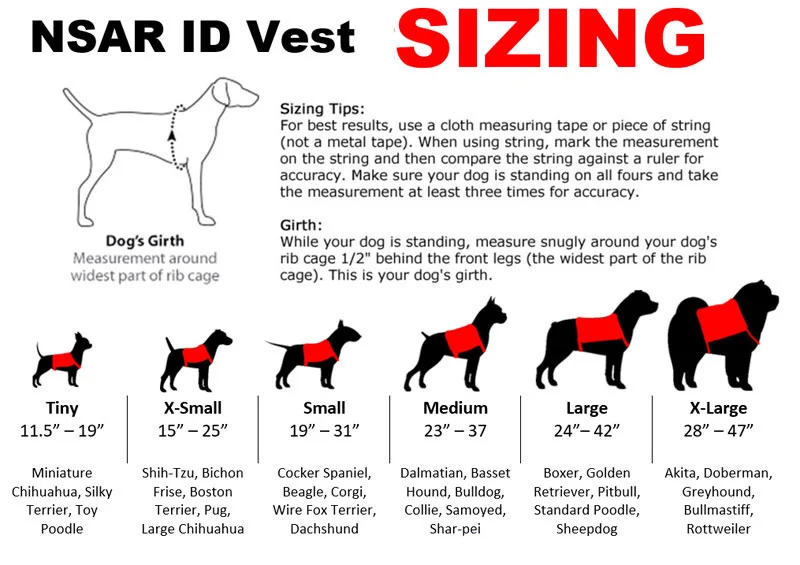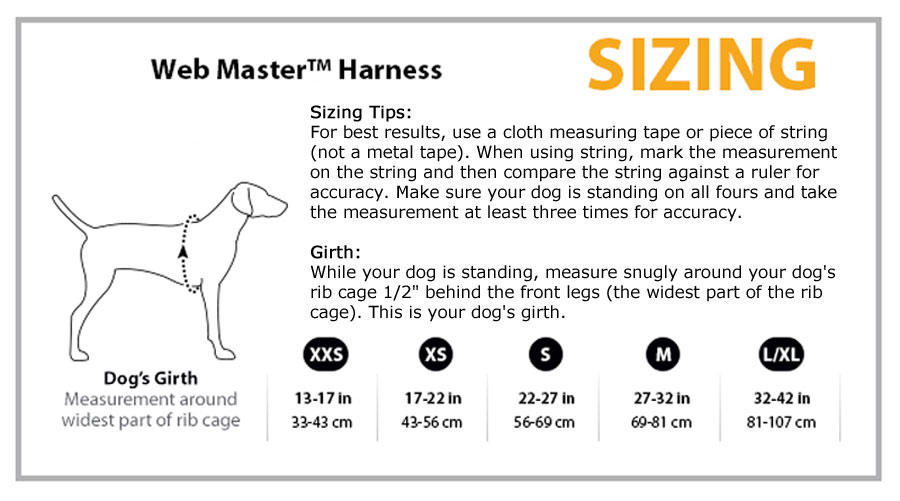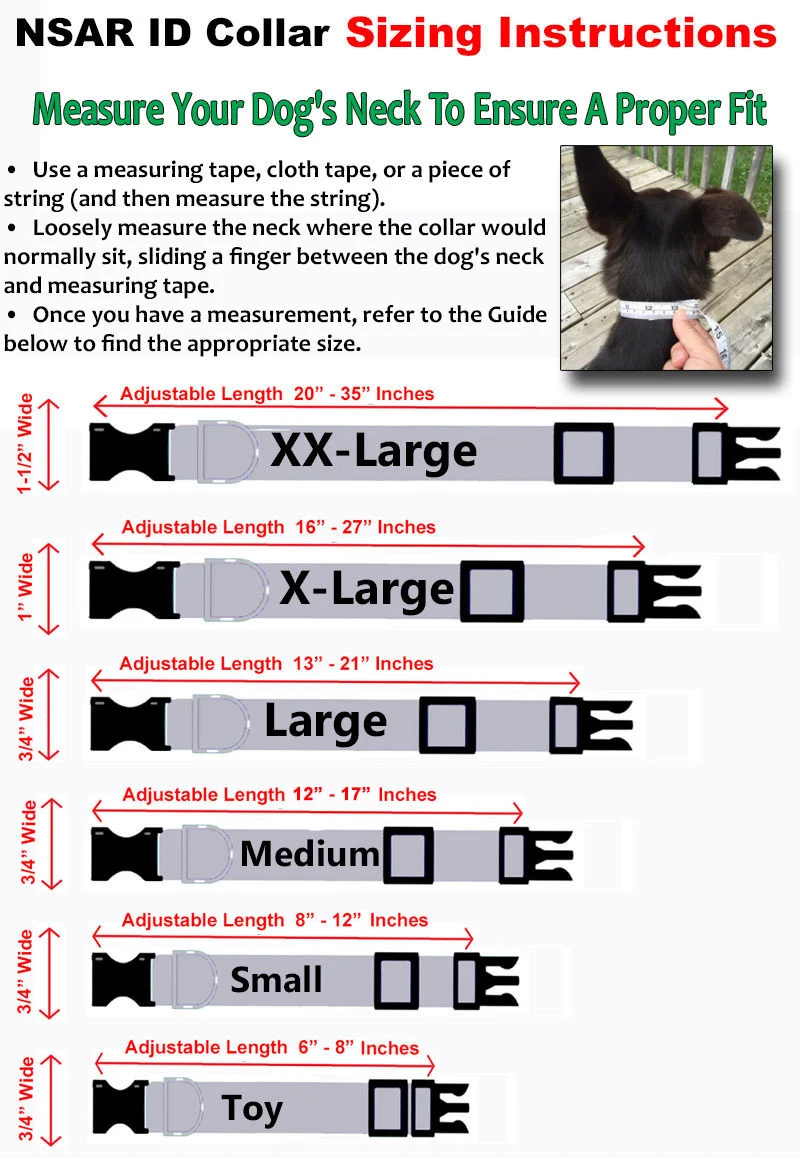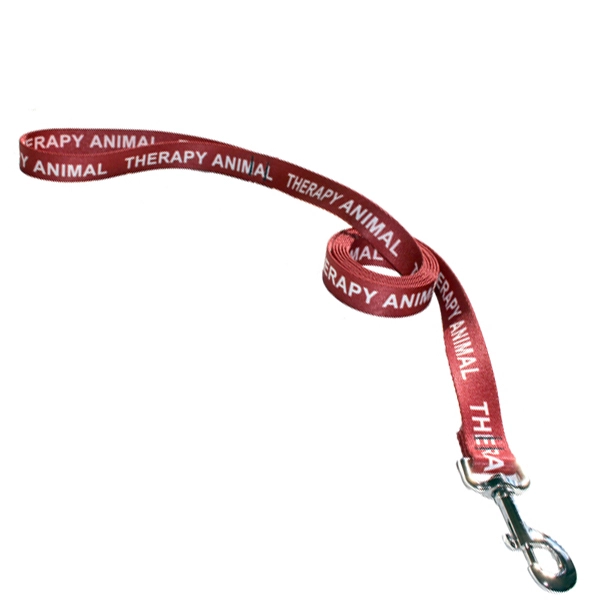
The Legal Rights of Service Animals in Public Spaces
Empowering handlers through clarity, confidence, and legal understanding.
Introduction
Imagine being denied entry to a restaurant or hotel simply because of your service animal. Unfortunately, this happens far too often — not because businesses are malicious, but because they don’t understand the law.
For individuals with disabilities, service animals are essential companions, providing vital support that enables independent living. But what legal rights do these animals — and their handlers — actually have in public spaces?
In this comprehensive guide, we’ll break down the legal protections for service animals, help you understand what businesses can and cannot do, and offer real-world tips for advocating for yourself and your animal. Whether you’re a handler, a loved one, or a professional in the ESA/service dog space, this article will equip you with the knowledge you need to navigate public access confidently and lawfully.
What Is a Service Animal?
A service animal is defined by the Americans with Disabilities Act (ADA) as:
A dog that is individually trained to do work or perform tasks for a person with a disability.
Tasks might include:
- Guiding individuals who are blind
- Alerting individuals who are deaf
- Pulling a wheelchair
- Alerting and protecting a person during a seizure
- Reminding a person with mental illness to take prescribed medications
- Calming a person with PTSD during an anxiety attack
💡 Note: Only dogs (and in some cases, miniature horses) qualify as service animals under the ADA. Emotional Support Animals (ESAs) and therapy animals are not covered under the same legal protections.
Key Legal Protections for Service Animals
1. The Americans with Disabilities Act (ADA)
The ADA guarantees access for service animals in:
- Restaurants and cafes
- Retail stores
- Hotels and motels
- Public transportation
- Government buildings
- Theaters and entertainment venues
Businesses Are Legally Allowed to Ask:
- Is the dog a service animal required because of a disability?
- What work or task has the dog been trained to perform?
They cannot:
- Ask about your disability
- Require medical documentation
- Demand a demonstration of the dog’s task
- Charge extra fees for entry
2. Fair Housing Act (FHA)
While ESAs fall under the FHA, it’s important to note that service animals are also protected, meaning:
- You cannot be denied housing because of your service animal.
- Landlords cannot charge pet deposits for service animals.
- Reasonable accommodations must be made, even in “no-pet” housing.
3. Air Carrier Access Act (ACAA)
As of 2021, the Department of Transportation (DOT) now recognizes only trained service dogs as eligible for in-cabin access. Airlines may:
- Require you to submit a DOT Service Animal Air Transportation Form.
- Deny access if the dog is aggressive, disruptive, or not under control.
🛑 Emotional Support Animals are no longer granted the same flying privileges.

Where Are Service Animals Not Allowed?
Despite broad protections, service animals may be restricted from:
- Sterile hospital environments (e.g., surgical suites, burn units)
- Religious institutions (unless local policies permit)
- Private clubs or membership-only facilities
A business can also ask the handler to remove a service dog if:
- The dog is not housebroken
- The dog is out of control and the handler fails to take action
What Should You Do If Denied Access?
- Stay calm and courteous.
- Educate: Politely reference ADA laws or show ADA.gov materials.
- Document: Record the incident, including names and dates.
- Report: File a complaint with the U.S. Department of Justice or your local ADA enforcement office.
🧾 Keep a copy of your service dog’s training certificate or registration handy (though it’s not legally required).
Practical Tips for Handlers in Public
- Train for distractions: Public environments are full of stimuli.
- Carry documentation: While not required, it can ease interactions.
- Use a vest: Helps signal that your dog is working.
- Plan ahead: Call ahead to venues if you anticipate a conflict.
- Maintain control: Your dog must be leashed, tethered, or under voice command at all times.
Frequently Asked Questions (FAQs)
❓ Can a business require my dog to wear a vest?
No. The ADA does not require service animals to wear vests, ID tags, or harnesses, though many handlers choose to use them.
❓ Can I bring my service dog into a grocery store?
Yes. ADA laws apply to all areas where customers are allowed to go.
❓ What if my disability isn’t visible?
You are not required to disclose or prove your disability. Businesses may only ask the two ADA-approved questions.
❓ Are psychiatric service dogs (PSDs) covered?
Yes. As long as the dog is trained to perform specific tasks (e.g., interrupting self-harm), PSDs are protected under the ADA.
Real-World Example
Case Study:
In 2019, a veteran with PTSD was asked to leave a shopping mall in Texas because his service dog wasn’t wearing a vest. After a formal complaint, the mall issued a public apology and retrained its staff on ADA compliance. This case underscores the importance of education and advocacy.
Related Topics and Future Reading
- Emotional Support Animals vs. Service Dogs: What’s the Difference?
- How to Train a Psychiatric Service Dog
- Traveling with a Service Animal: What You Need to Know
Conclusion
Do you have a service animal or are you thinking about getting one?
Explore our Service Dog Registration Services to ensure you’re protected, informed, and empowered.
✅ Know your rights.
✅ Advocate for yourself.
✅ Support others in the community.























